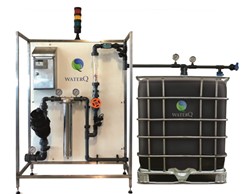
Activated carbon treatment coupled to an AOP
Activated carbon is frequently used as a posttreatment process to refine water quality, i.e., to diminish the quantity …

Wastewater treatment and water reuse by implementing circular economy principles is an alternative source of water supply for sustainable environmental management and planning.

Activated carbon is frequently used as a posttreatment process to refine water quality, i.e., to diminish the quantity …
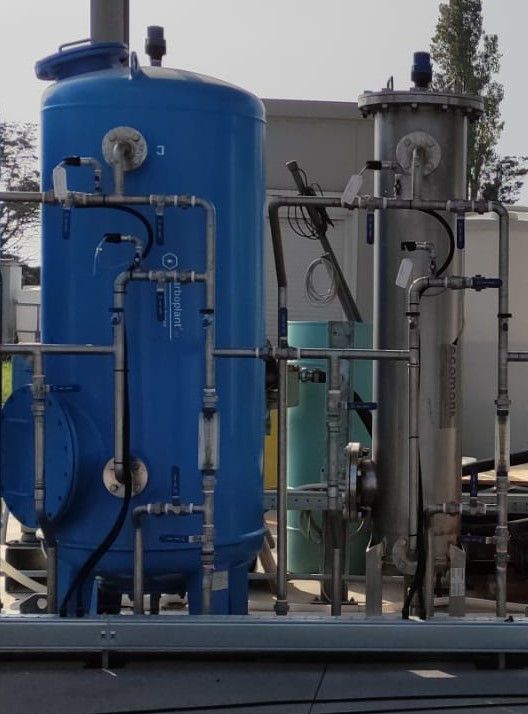
Hydrochars are carbon-rich porous material obtained by hydrothermal carbonization (HTC) of feedstock materials. HTC is …
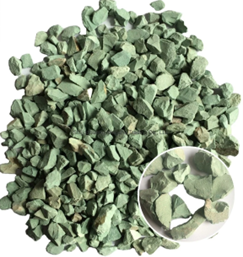
The water treatment train proposed in this study case aims to treat water from an urban wastewater treatment plant to a…
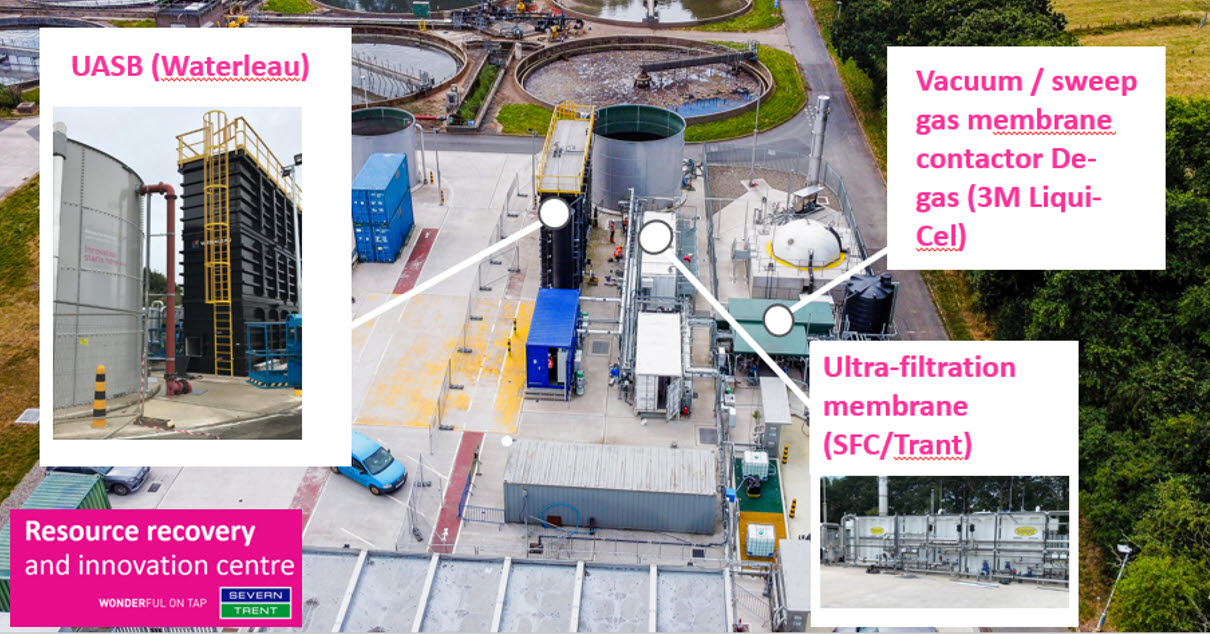
The anaerobic membrane bioreactor (AnMBR) is usually applied as pre-treatment for wastewater with high organic loads. H…
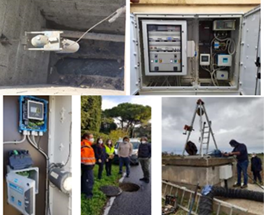
Most of the coastal aquifers in Mediterranean countries, such as Italy, Spain, Croatia, Greece, Albania, Turkey and Mor…
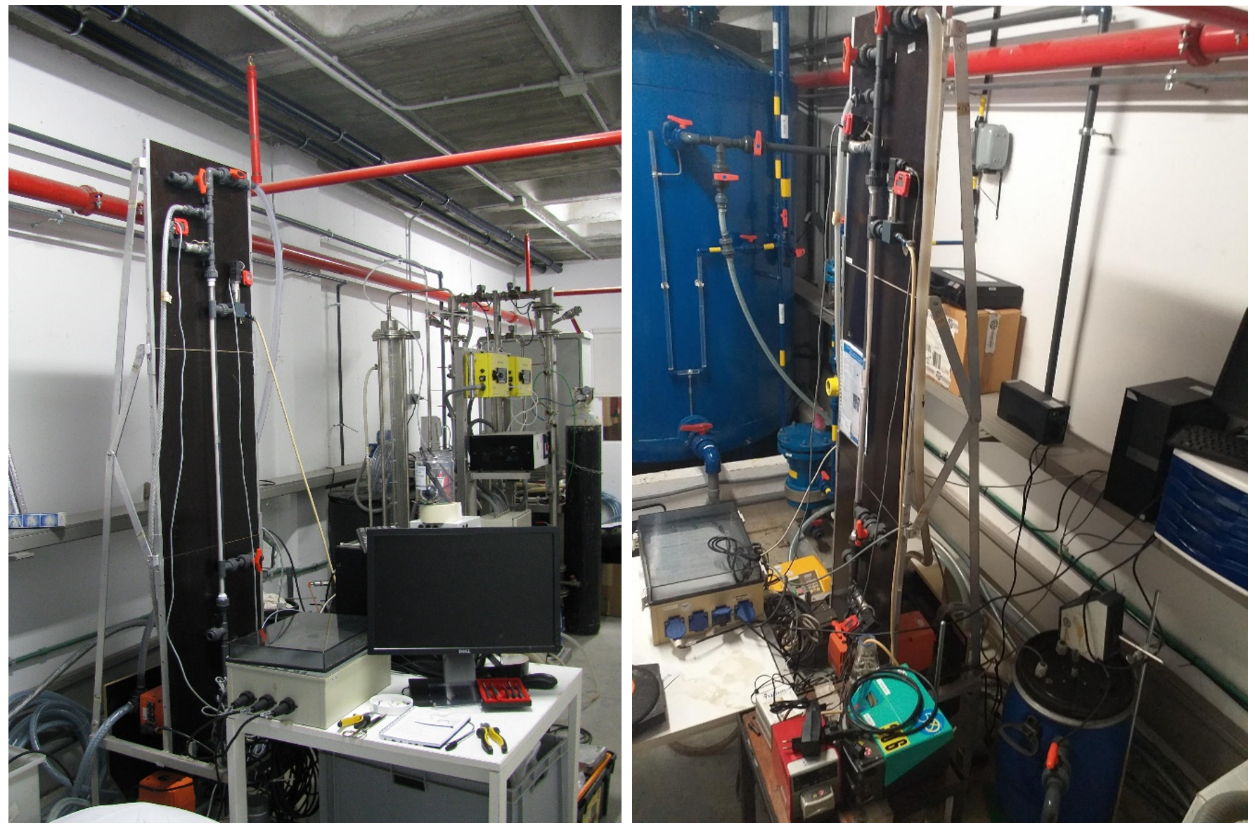
The early warning system for membrane fouling (TRL 5) was developed for anaerobic and aerobic membrane bioreactors (AnM…
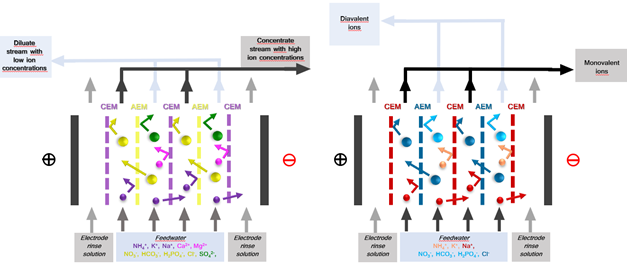
Electrodialysis (ED) is an electrochemical separation process that (selectively) transports ions through electrostatica…
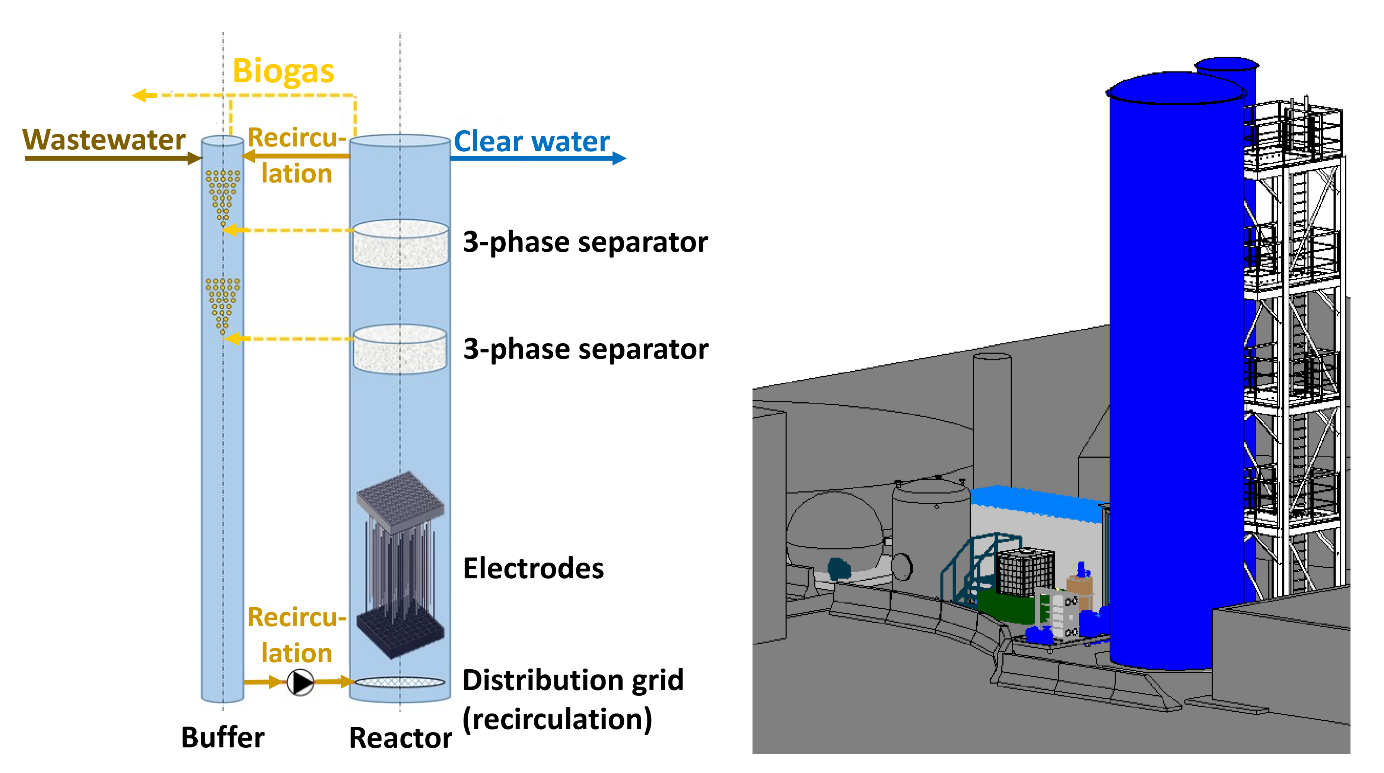
The electrostimulated anaerobic reactor (ELSARTM) combines anaerobic digestion with bioelectrical processes. It can be …
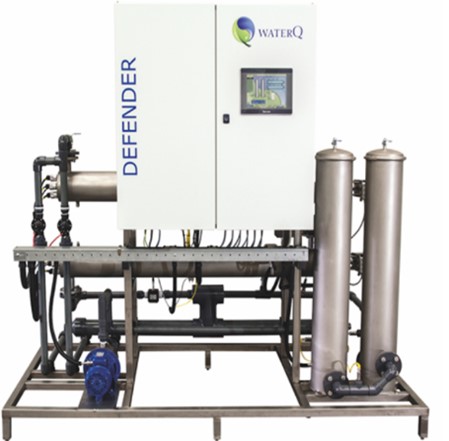
H2O2 photolysis (UV + H2O2) is and Advanced Oxidation Process (AOP) that is based on hydrogen peroxide disproportion to…
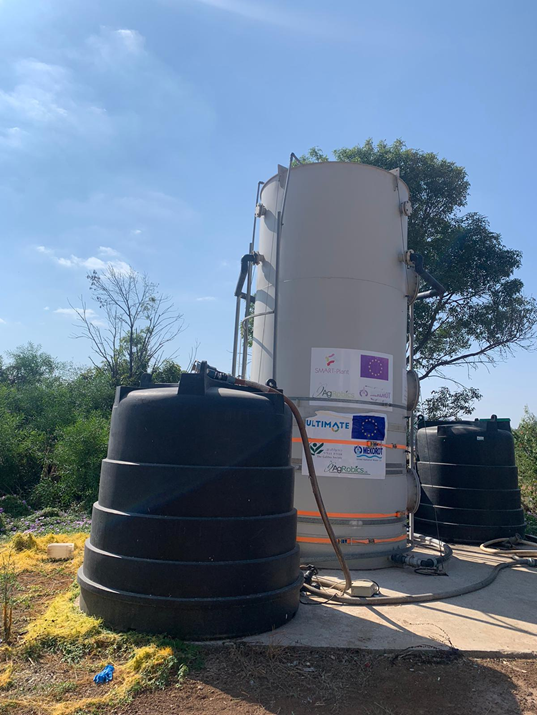
The immobilised high rate anaerobic reactor, also known as advanced anaerobic technology (AAT) can be applied in wastew…
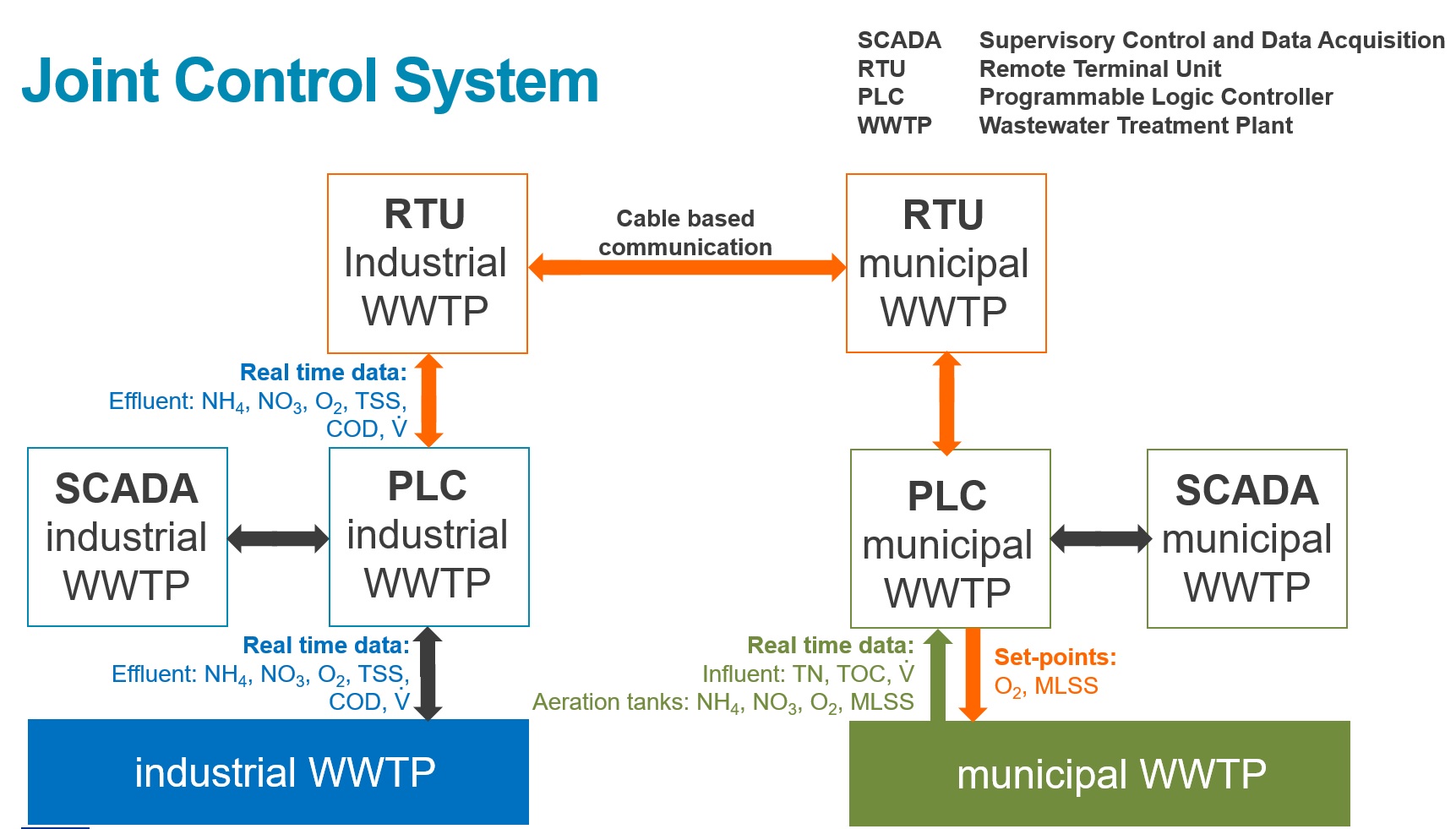
If two wastewater treatment plants (WWTPs) are neighboured, but controlled separately, a joint control system can enhan…
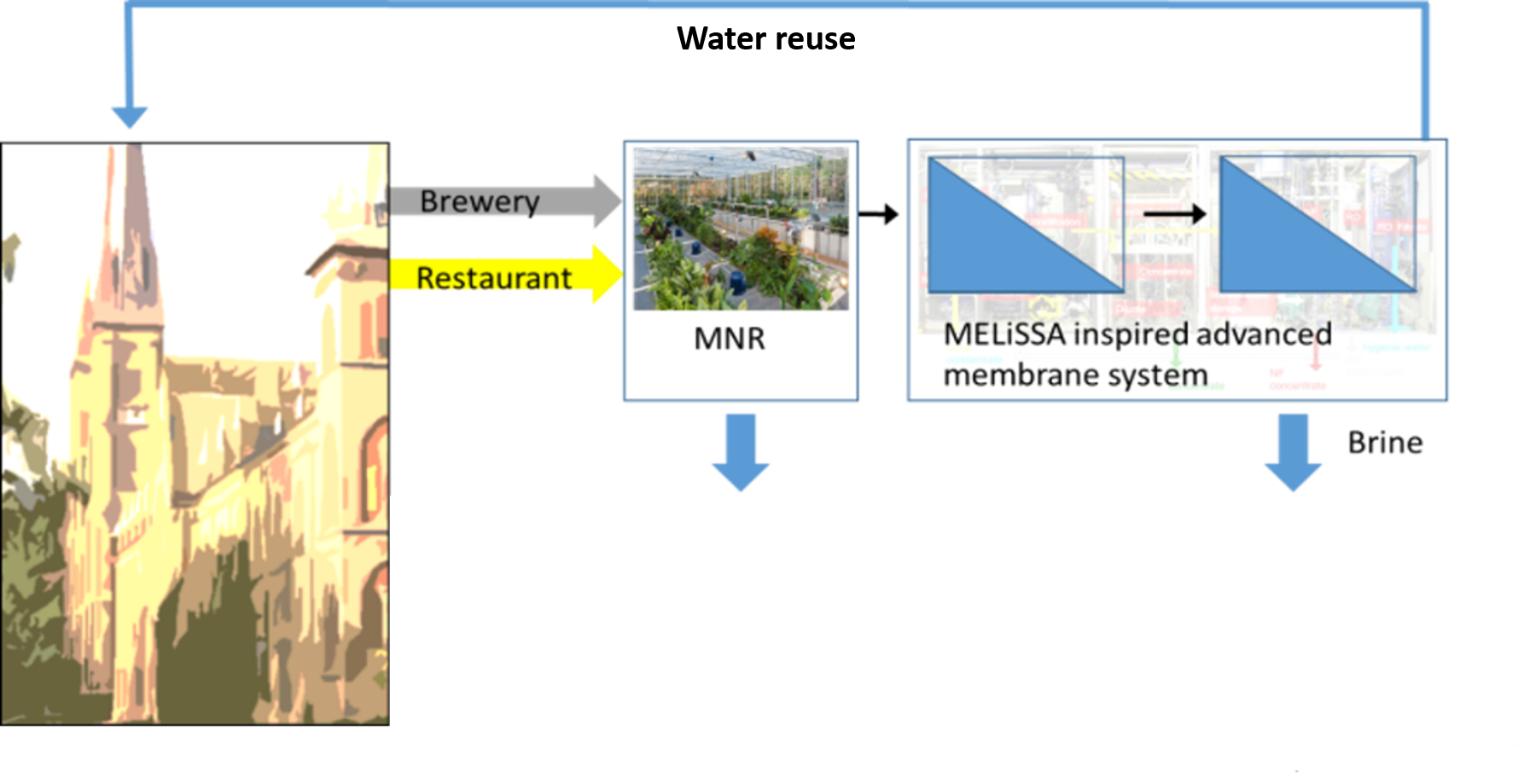
Micro-ecological life support system alternative (MELiSSA) is a bioregenerative life support system established by the …
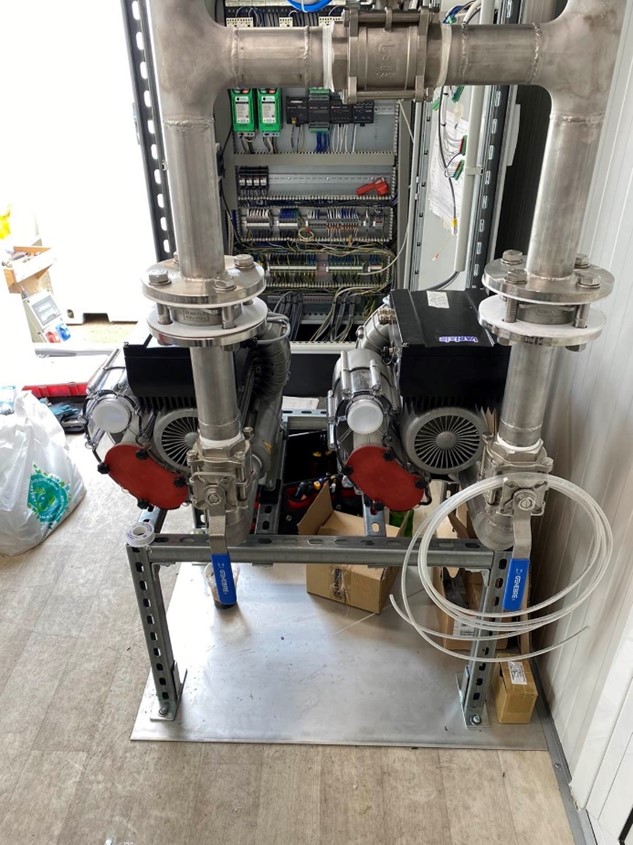
Membrane bioreactor (MBR) is the combination of a membrane process like microfiltration or ultrafiltration with a biolo…
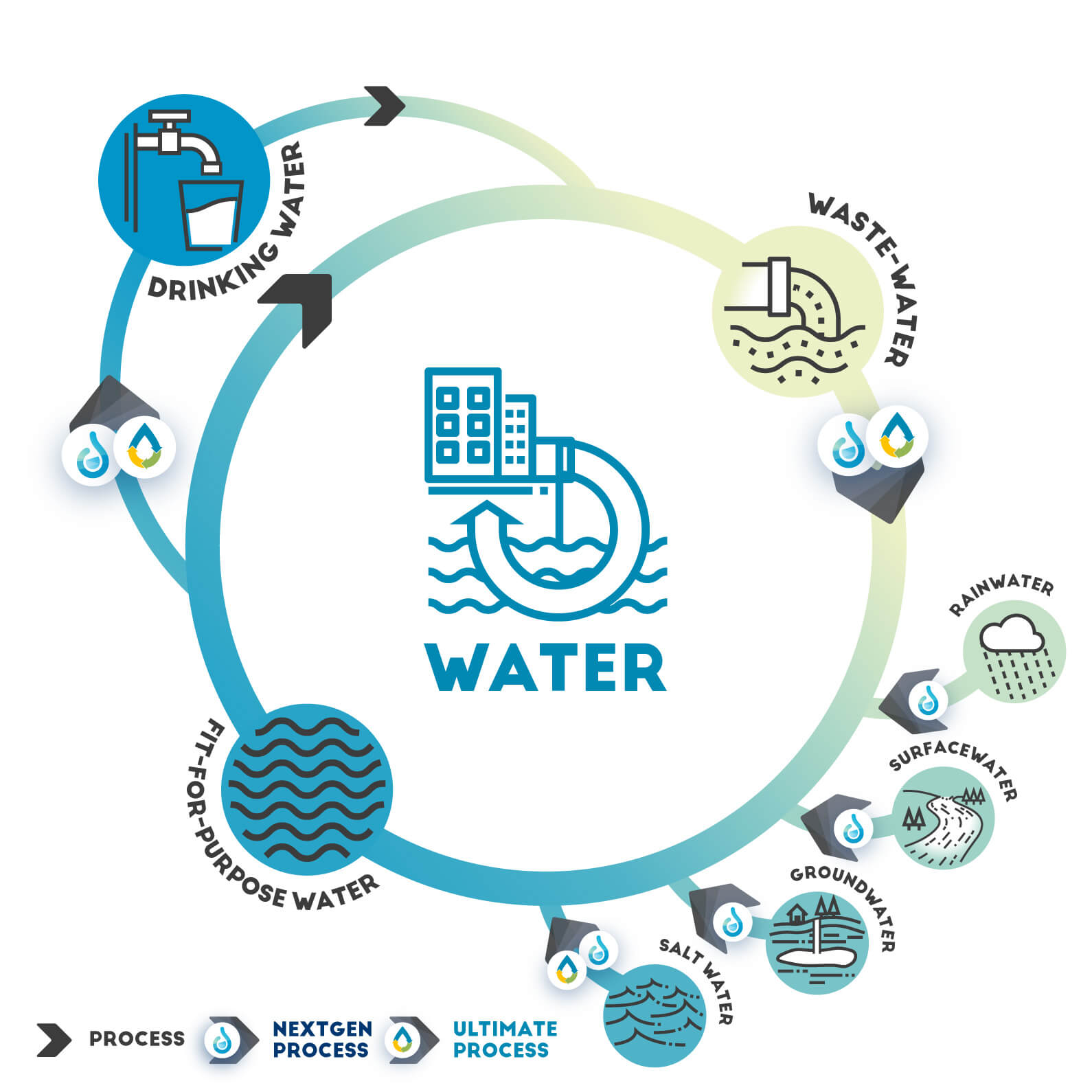
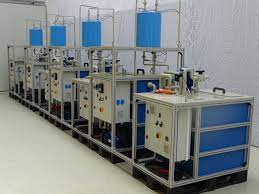
Membrane distillation (MD) is a novel desalination technology that produces fresh water in a pure vapor state from seaw…
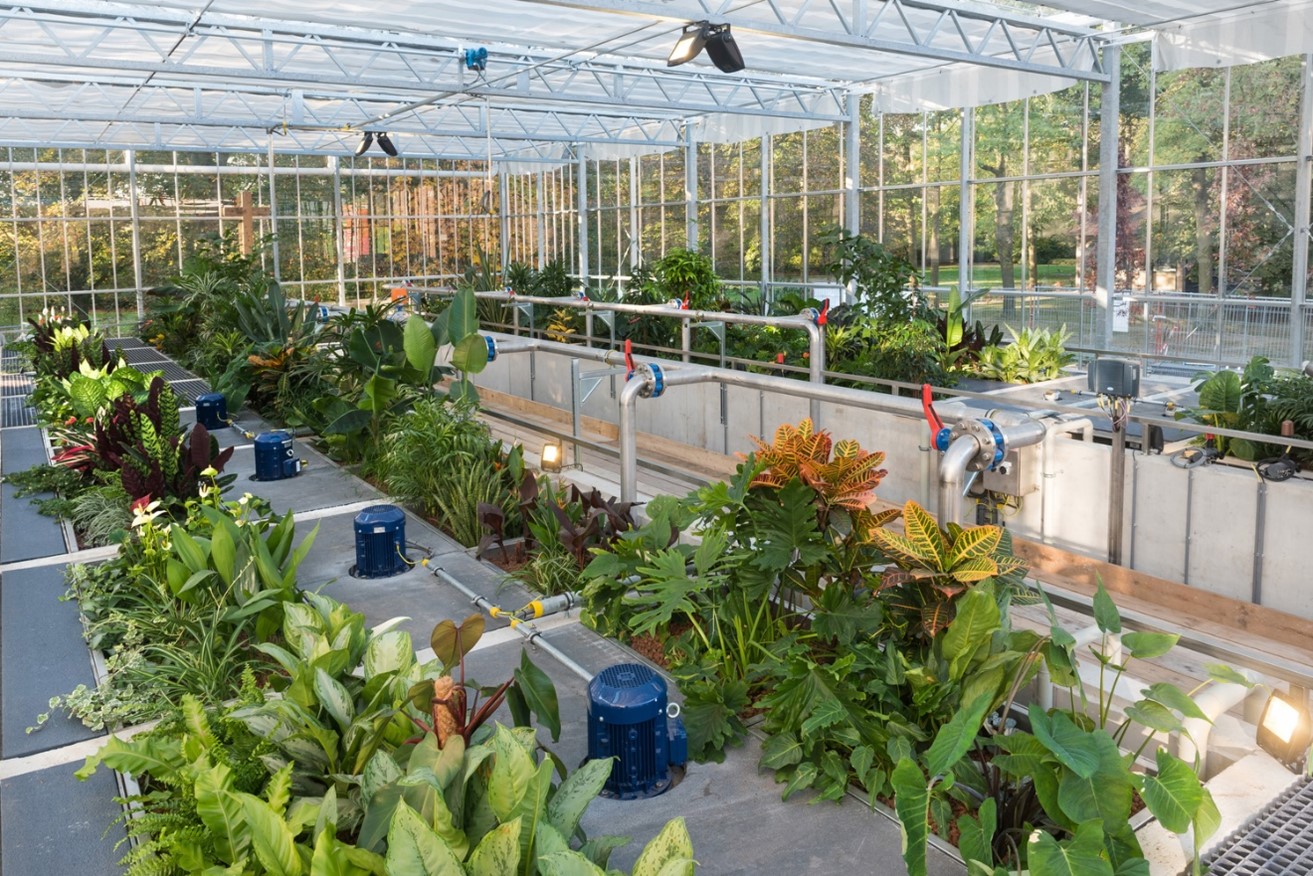
The Metabolic Network Reactor (MNR) technology is Biopolus’ patented 3rd generation Integrated Fixed-film Activated Slu…

The moving bed biofilm reactor (MBBR) is a biofilm process that provides plastic carriers for microorganisms to grow on…
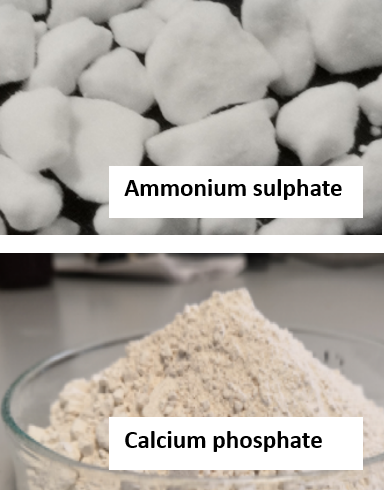
Ammonia (NH4+) and phosphate (PO43-) are key components for fertiliser production and have a crucial role on the securi…
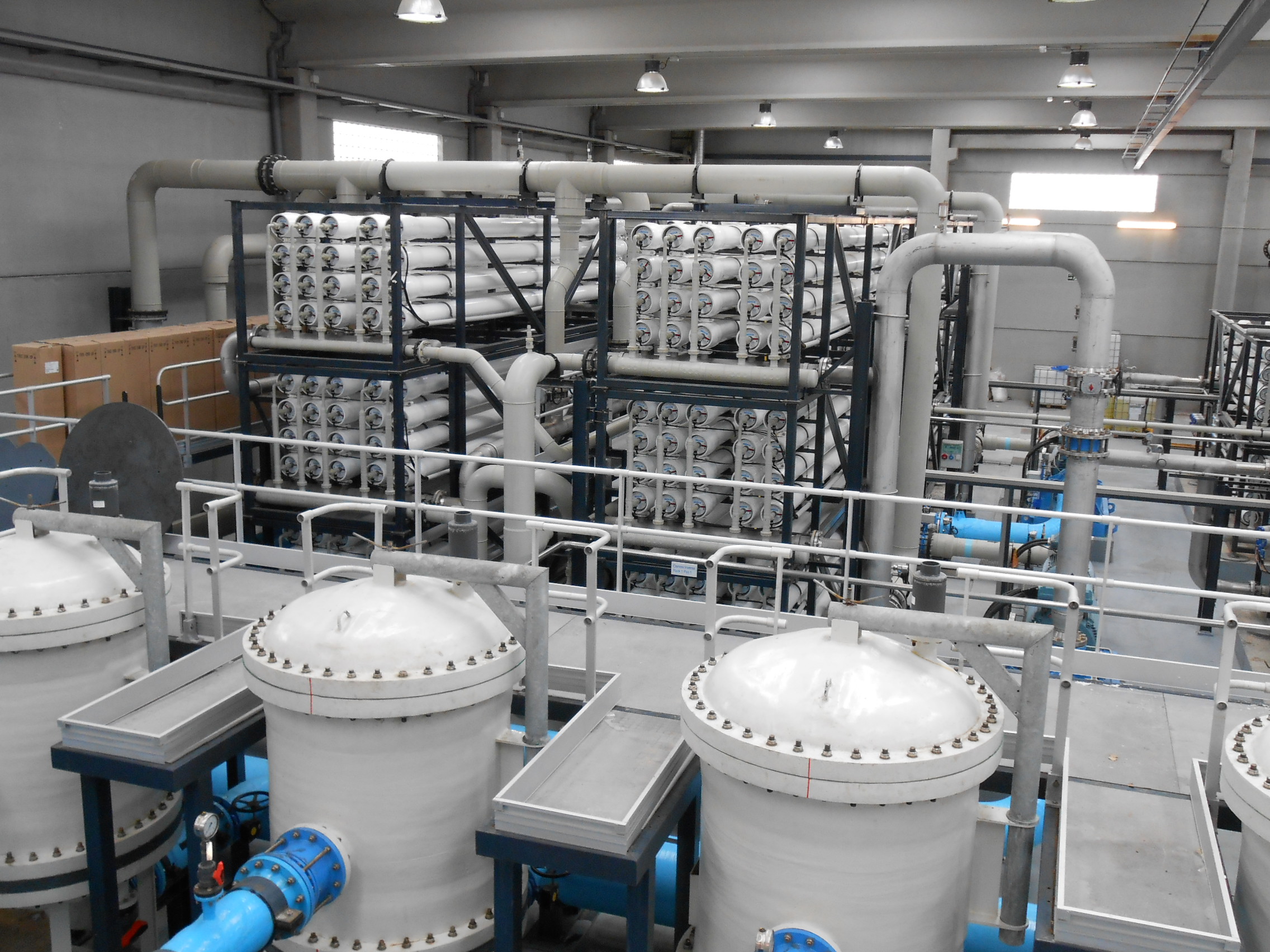
Naturally, if two solutions with respectively high and low salinities are separated by a semi-permeable membrane, the w…
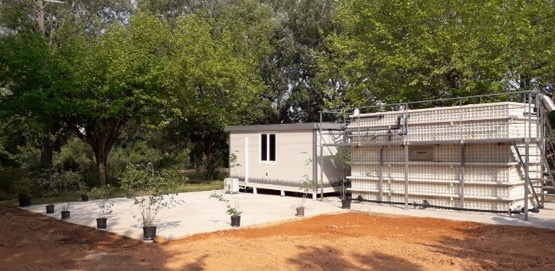
Sewer Mining is a treatment plant in a container in which: extracts wastewater from local sewers that run under every …
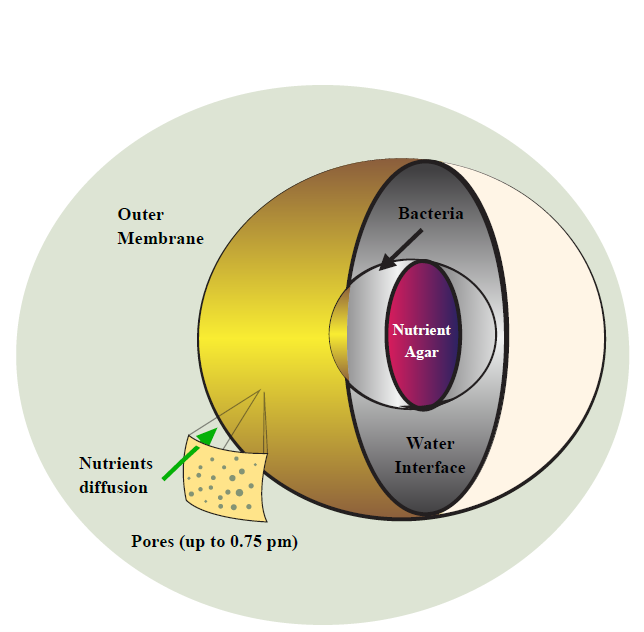
The bioaugmentation treatment approach presents both an economical and environmentally friendly solution for wastewater…
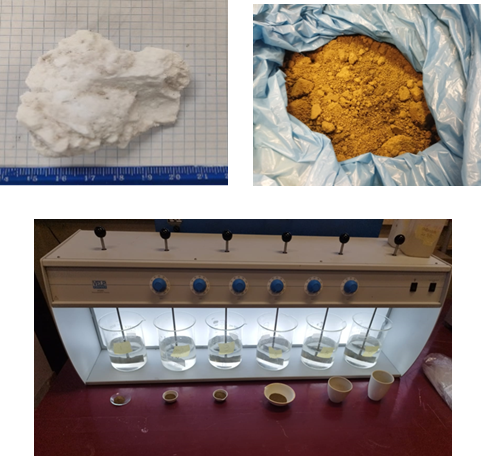
Hard water is any type of water that contains more minerals than average tap water. Mostly it has to do with elevated l…
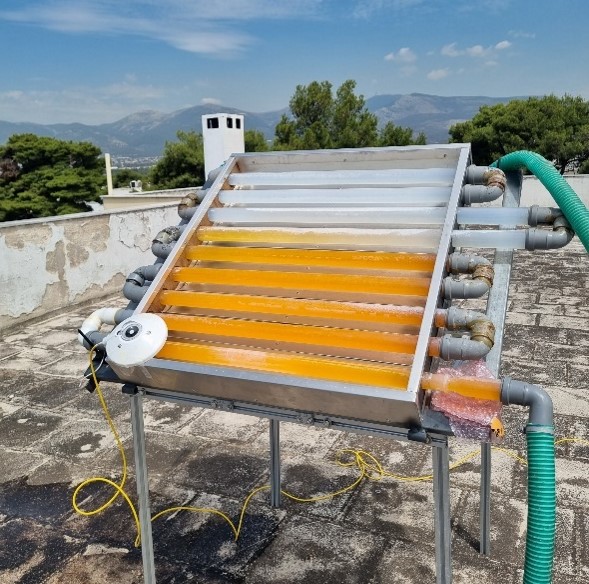
In certain AOPs, such as TiO2 photocatalysis and the photo-Fenton process, the generation of ROS can be augmented by li…
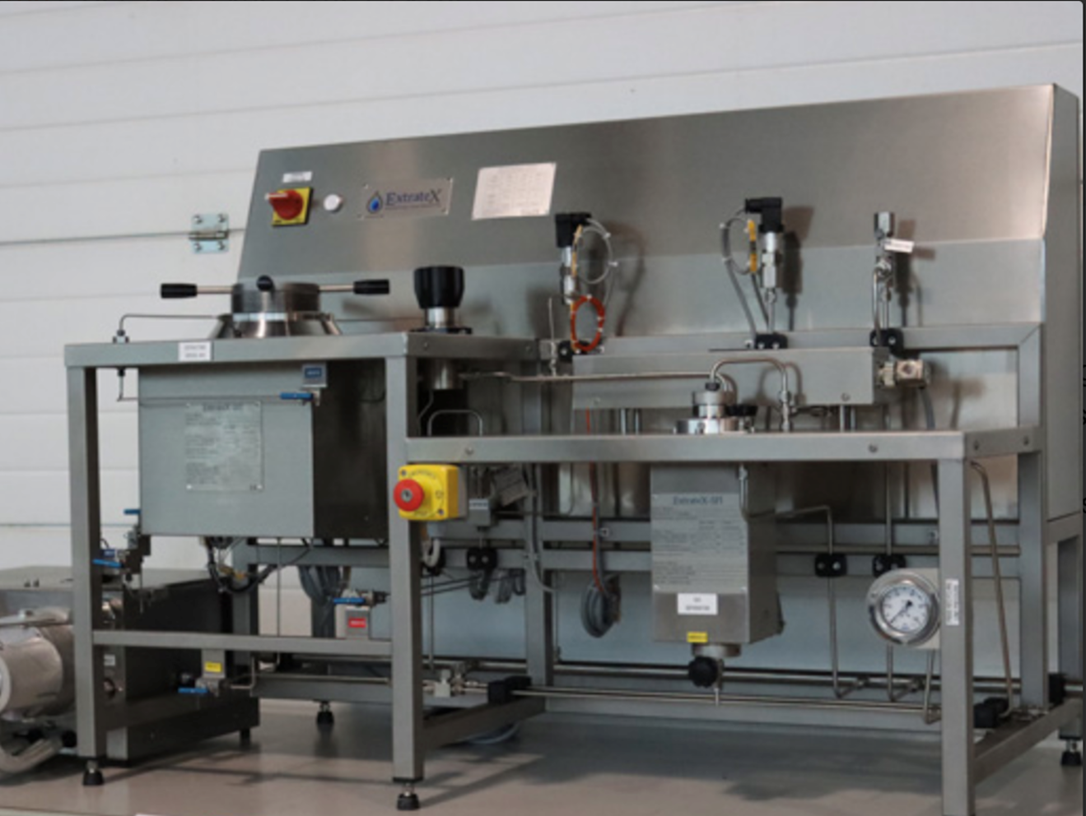
Subcritical Water Extraction (SWE) is a method that benefits from the solvent properties of subcritical water. i.e. wat…
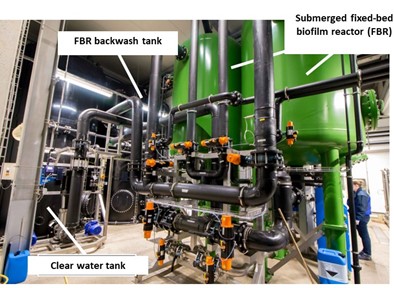
Biofilm processes are biological wastewater treatment processes in which active biomass is not (only) present in suspen…
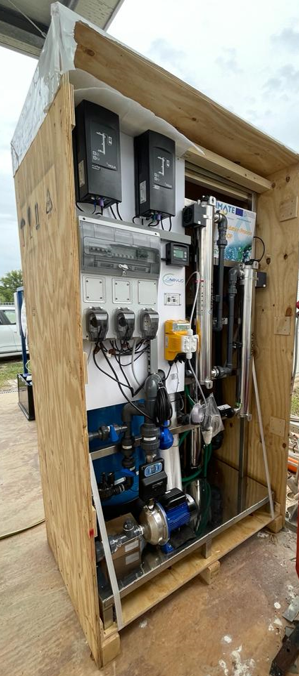
Advanced oxidation processes (AOPs) can be used to degrade trace constituents that cannot be removed completely by conv…
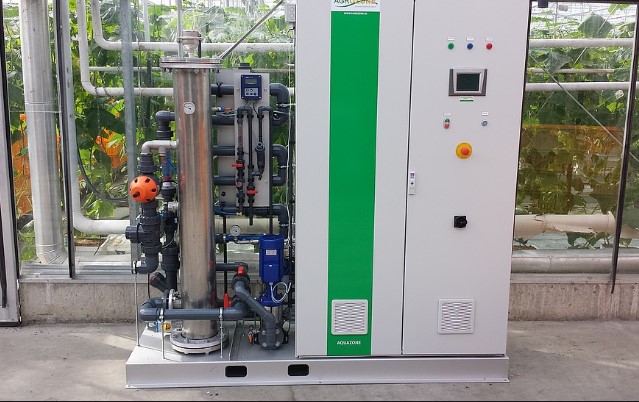
Ozonation is an Advanced Oxidation Process (AOP) based on the ozone gas generation and its dissolution into the pollute…
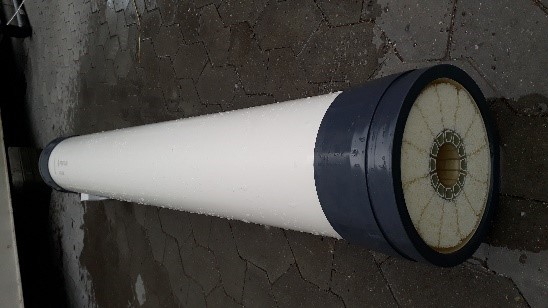
Ultrafiltration (UF) and nanofiltration (NF) membranes in combination with reverse osmosis (RO) membranes can be applie…
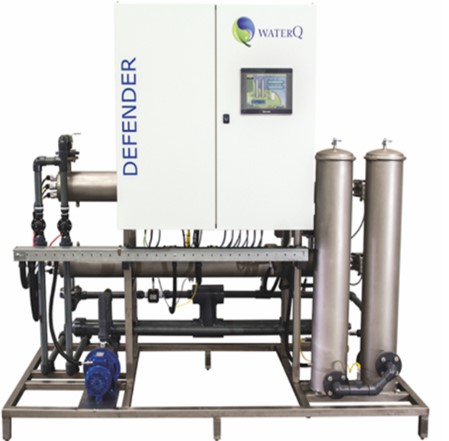
Ultrafiltration (UF) and nanofiltration (NF) are membrane filtration processes whose purpose is to remove mainly suspen…